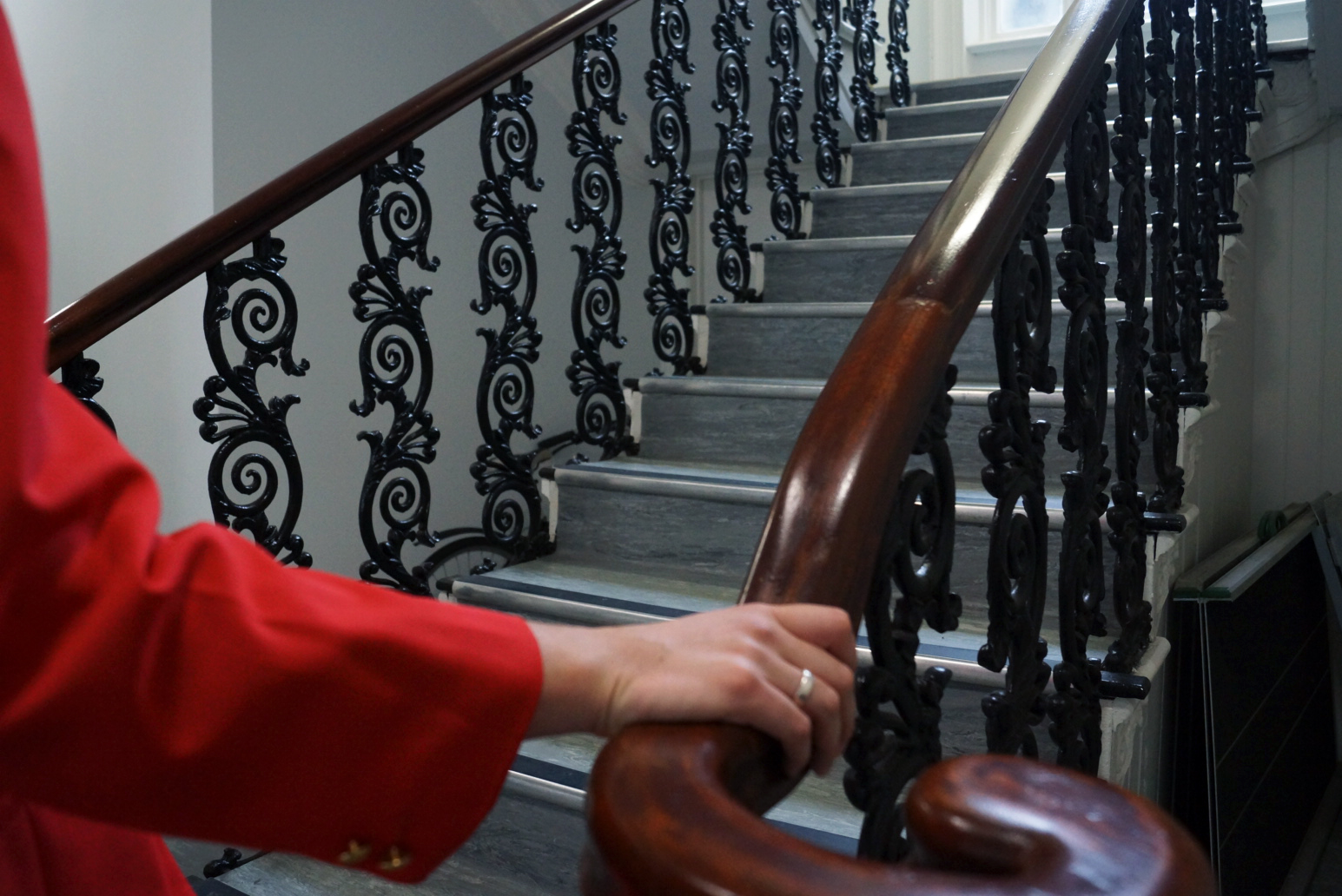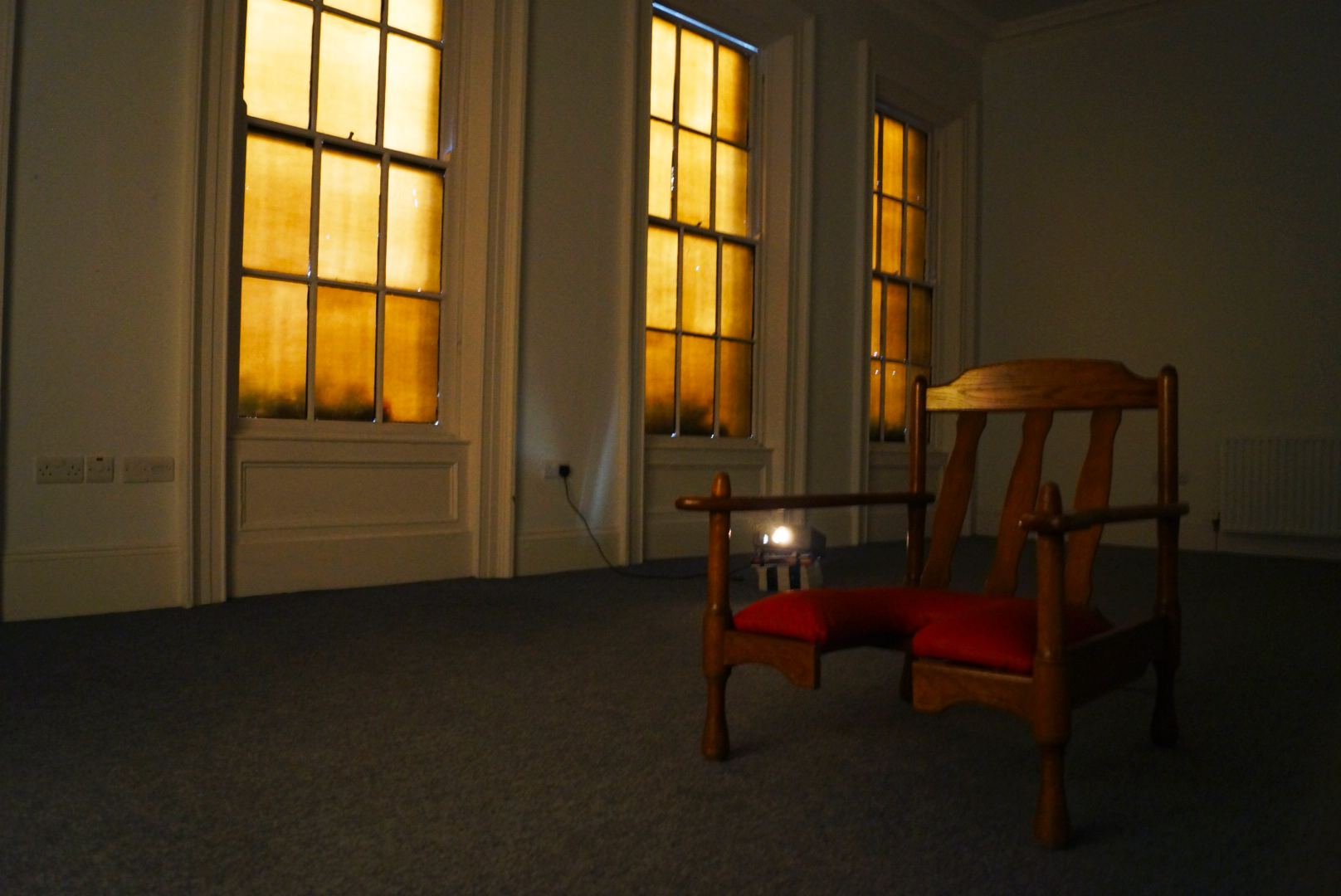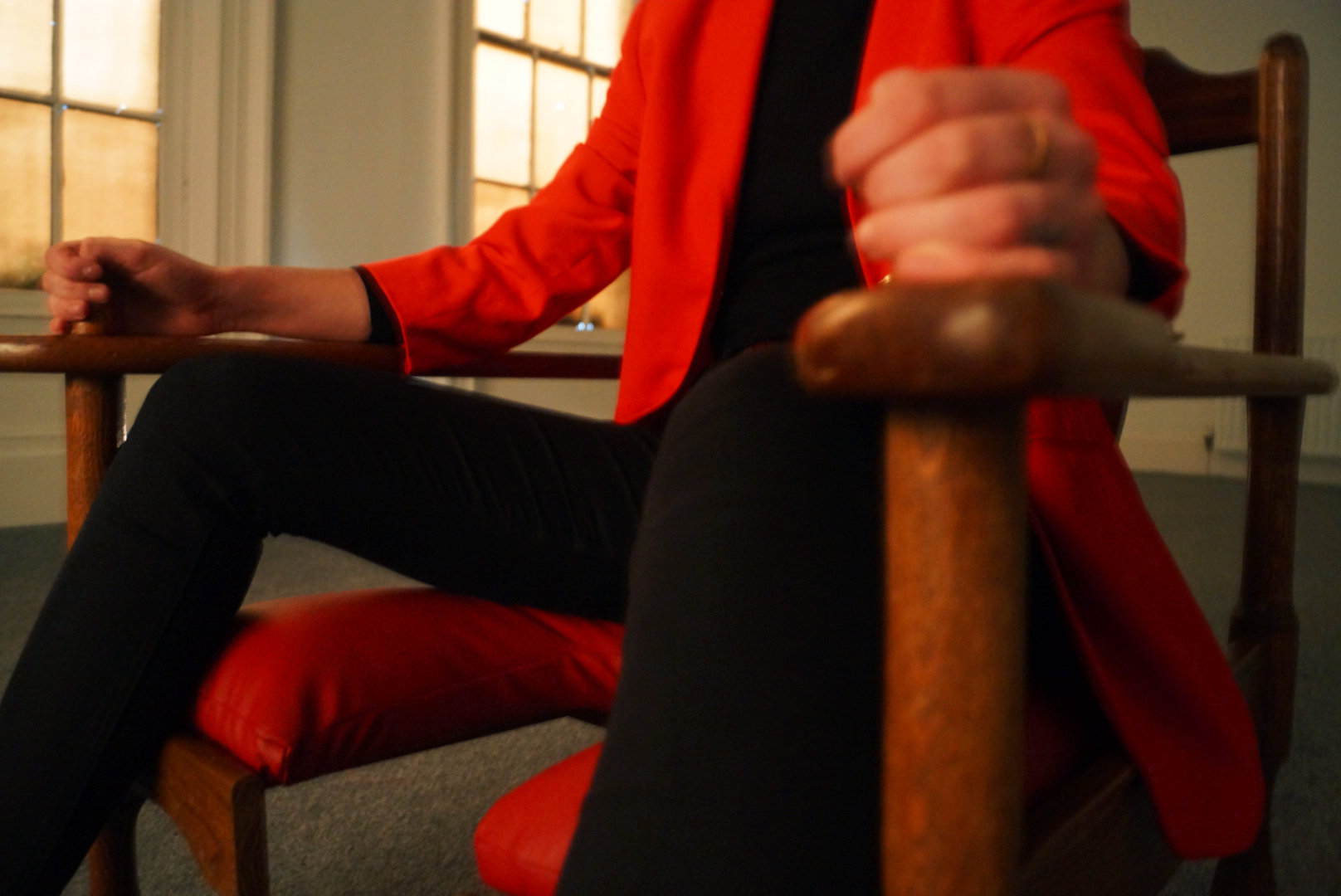From 1845-1849, Doctor James Marion Sims, carried out a series of experimental operations on black slave women in an attempt to discover a treatment for vesicovaginal fistula [1]. It is known from Sims’ notebooks, that his first large development with manufacturing the speculum was discovered through bending a spoon and inserting it into a black slave’s vagina. By manipulating the institution of slavery to perform ethically unacceptable human experiments on powerless, un-consenting women, this Alabama doctor invented one of the leading medical tools in which gynaecologists use today — the speculum.
Cervical Can Opener is a experiential work which explores historic state violence enacted through gynaecological means, shedding light on a ‘modern’ society, which is so willing to use medieval medical instruments on women. Designed to mimic a clinical consultation, the work plays on the anticipation of the unknown; the unseen - what lies behind each closed door.
Arriving at the buildings main facade, the participant is instructed to ring a buzzer in order to enter beyond the double glass doors. Once through the doorway, they are met by an invigilator who, after politely greeting them, guides them up the staircase and seats them in the waiting area. Here, they are handed an information pack to read. Once read, the participant notifies the invigilator, who continues to guide them up the staircase to the next level of the building. Standing outside the next entry point, the participant is asked to brief them self with the ‘DO-IT-YOURSELF’ instructions hung on the door. Once they feel adequately briefed, they are instructed to enter the room alone and to take a seat on the chair at the opposite side of the room. Once stepping over the threshold, the door is closed behind them. Approaching the chair, it is visible to see a reconstructed 19th century birthing chair; the chair’s design purposely manipulates the body, causing the legs to naturally spread and rise above hip level. Once seated, their gaze is met by a glass slide projection on the wall; a hand fitted with a latex glove, inspecting the cervix of a silicon test dummy. After taking as much time as needed, the participant leaves the room by their own initiative, where they are greeted by the invigorator once more, who kindly asks them to fill out a survey for further research purposes - if able. The individual is then guided down the staircase and accompanied out the front door, back to the reality of the outside world.
The surveys are in the process of deliberation, whether -with the participants compliancy- I can establish a grounds for the further investigation into the need for women’s health education throughout Ireland.
[1] Vesicovaginal fistula (VVF) is an abnormal fistulous tract extending between the bladder and the vagina that allows the continuous involuntary discharge of urine into the vaginal vault. It is often caused during prolonged childbirths, hysterectomies, cancerous operations, radiation therapies and cone biopsies. VVF can also be a result of particularly violent cases of rape, especially those involving multiple rapists and/or foreign objects.
Cervical Can Opener was a s solo exhibition in conjunction with Visual Artists Ireland's project New Spaces, and was curated by Rebecca Strain.





